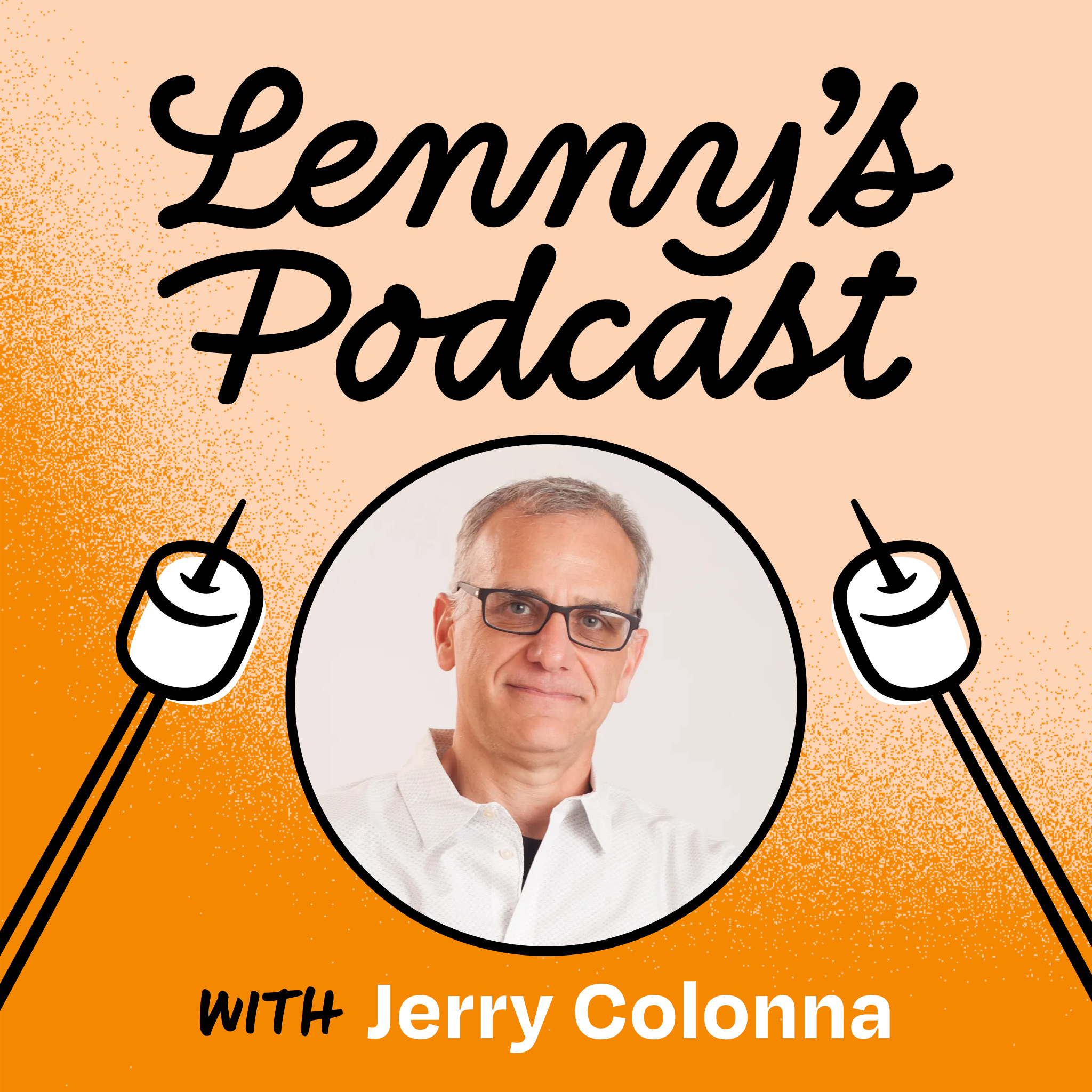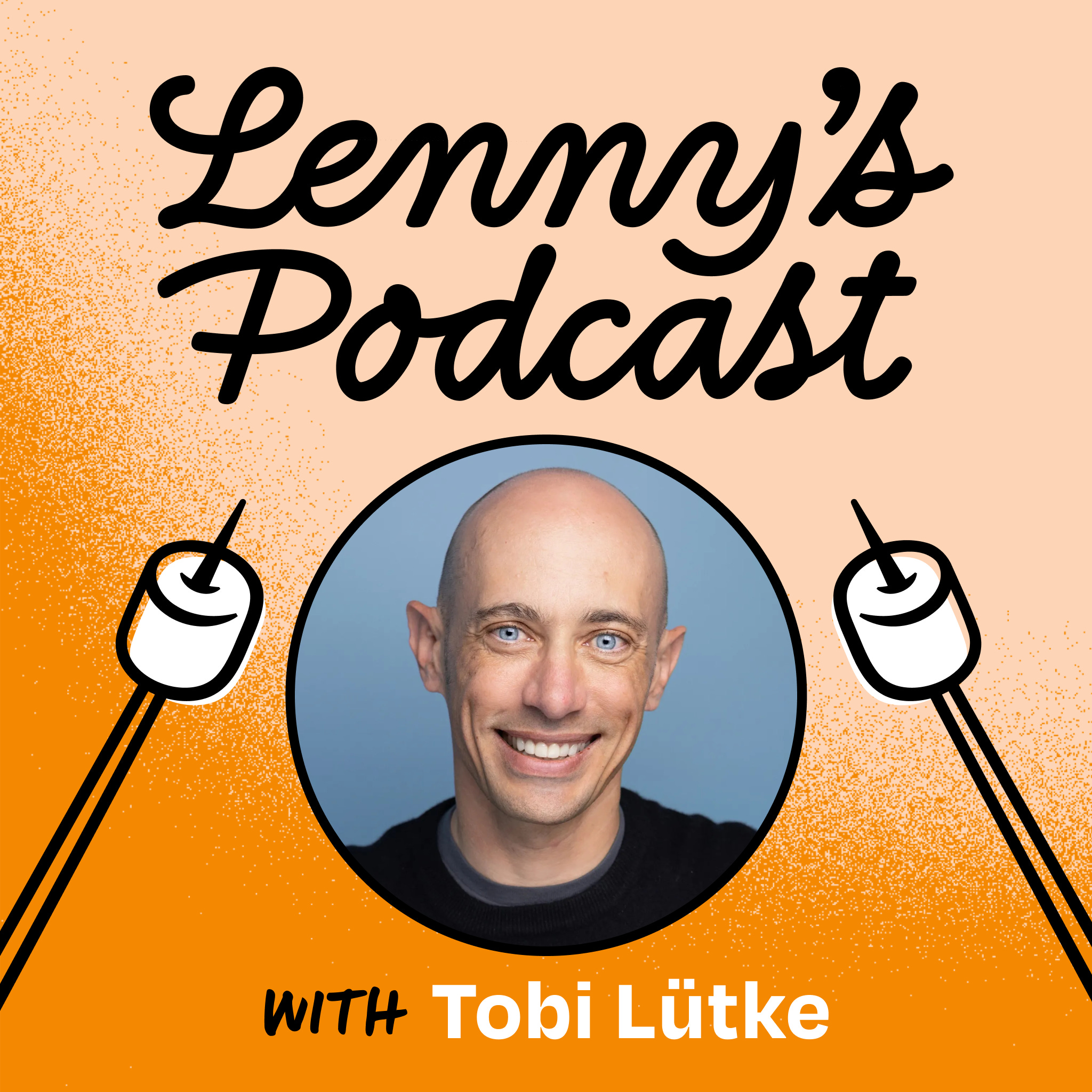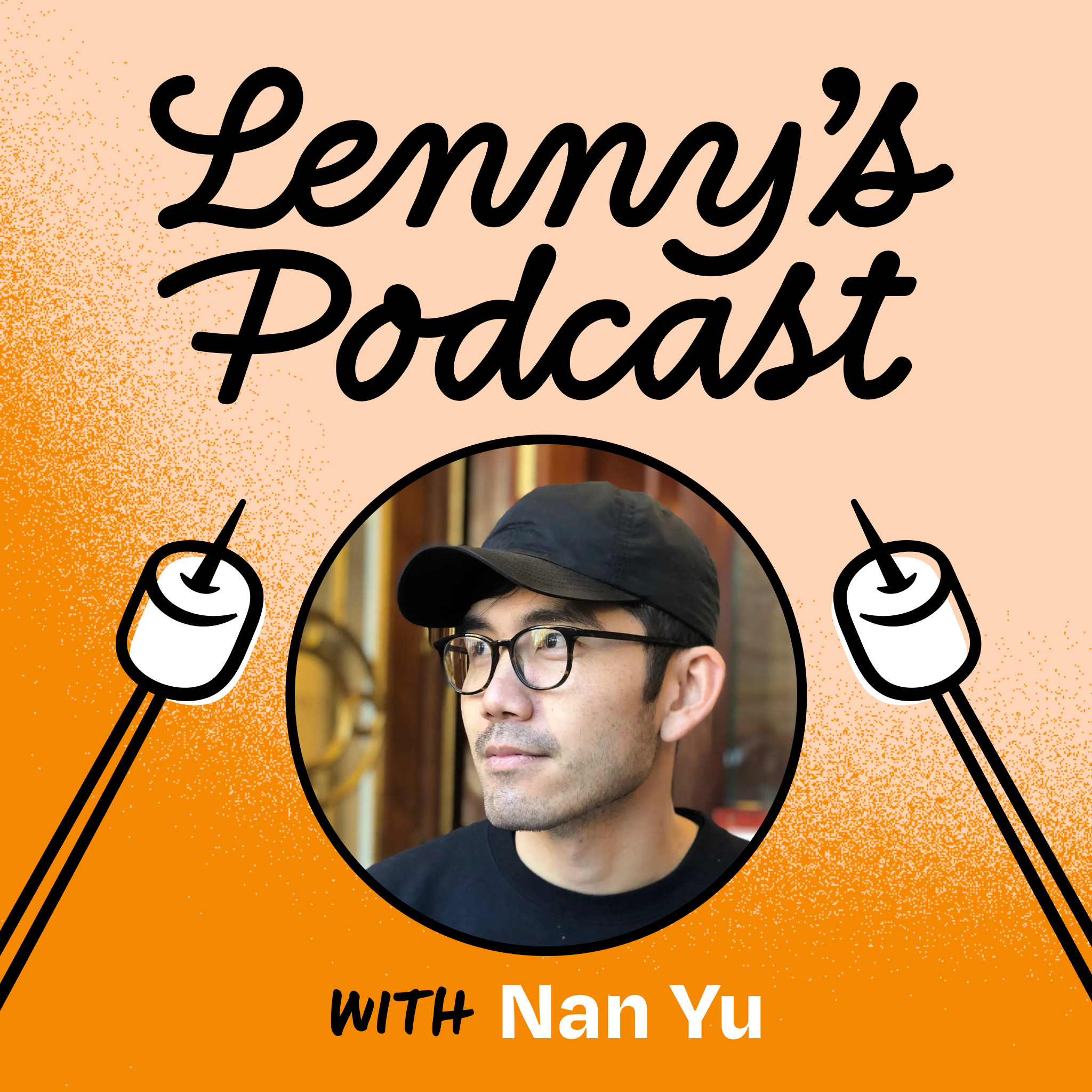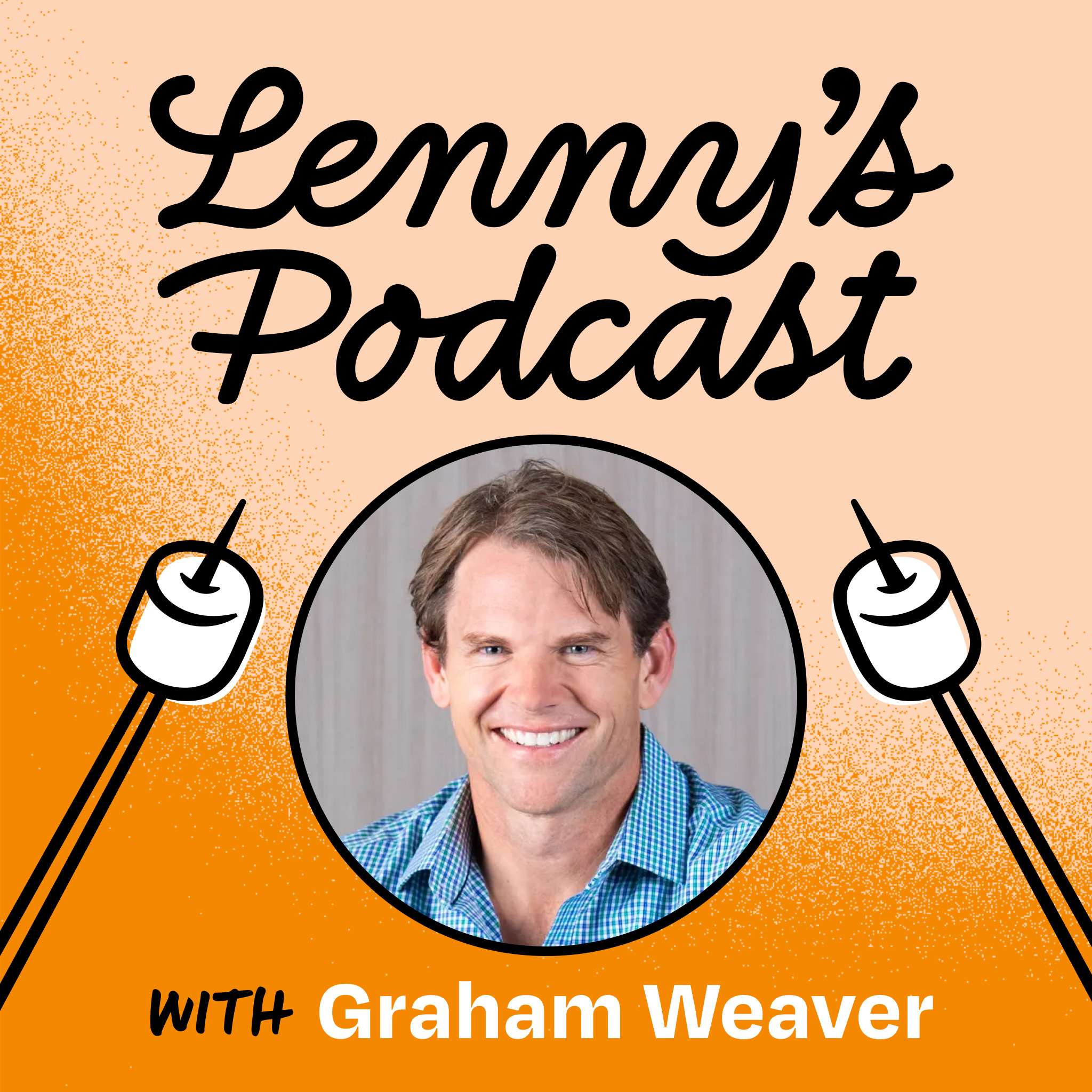
May 5, 2024 • 1hr 8min
Business strategy with Hamilton Helmer (author of 7 Powers)
Lenny's Podcast: Product | Growth | Career
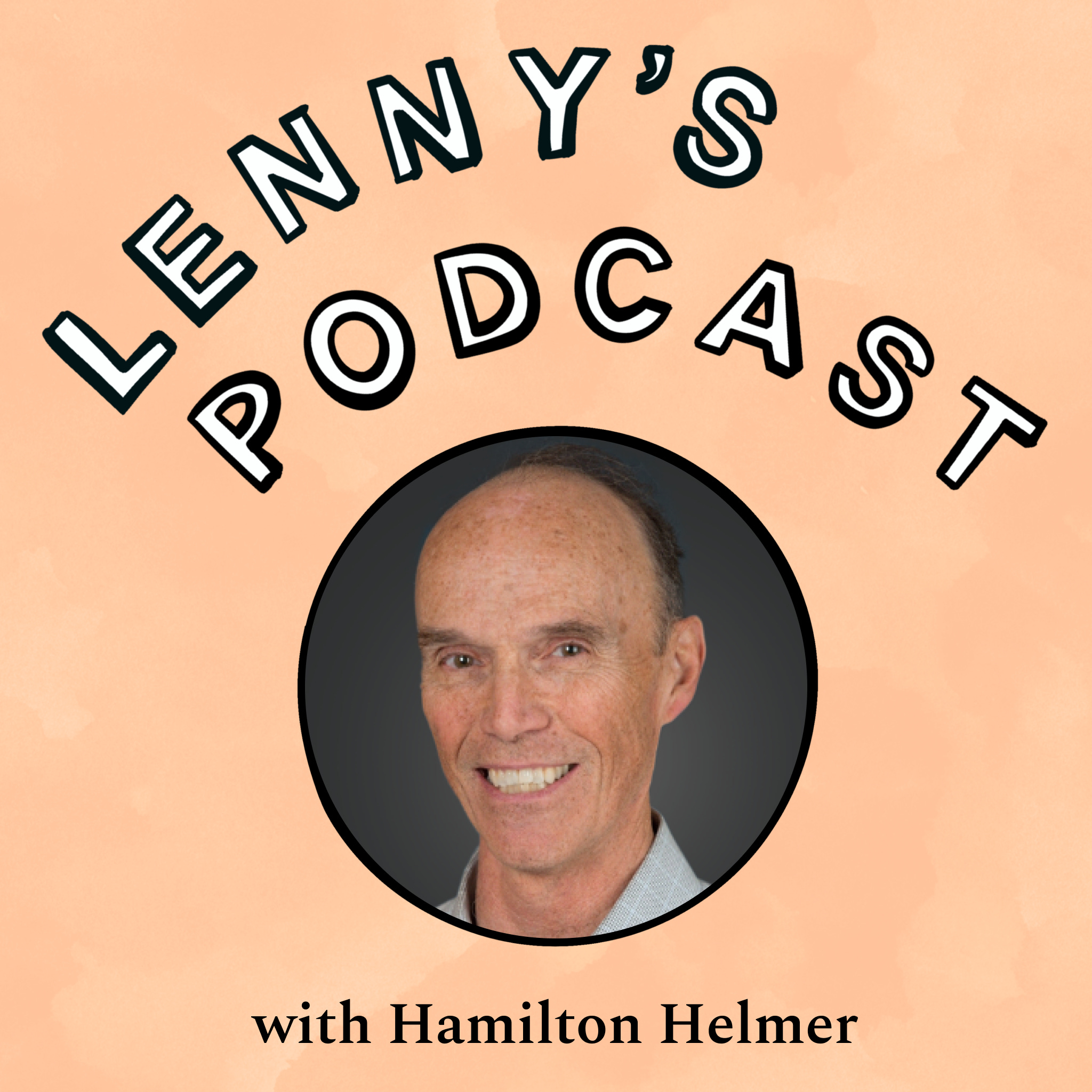
Key Takeaways
- Power requires both a benefit and a barrier - You need something that gives you a cost or price advantage (benefit) and something durable that competitors can't easily take away (barrier)
- The four most relevant powers for early-stage startups are:
- Counter-positioning
- Scale economies
- Switching costs
- Network economies
- Counter-positioning is often the first power available to startups as they substitute an existing solution with a novel approach
- Network effects are not always network economies - Many businesses have network effects but they may not be material enough to create true power
- Process power (operational excellence) is rarely a true source of power as it can often be imitated by competitors
- The only three things that create value in a company are power, market size, and operational excellence
- Understanding your company's source of power is crucial for informing strategy and decision-making at all levels
- AI will likely impact businesses across all functions but may not fundamentally change the seven powers framework
- Action is the first principle of business - Founders should focus on doing rather than just theorizing about strategy
Introduction
Hamilton Helmer is a renowned expert on business strategy and author of "7 Powers: The Foundations of Business Strategy". In this episode, he discusses his framework for identifying and developing sustainable competitive advantages, known as "powers". The conversation covers how startups can develop power, common misconceptions about power, how power relates to strategy, and how AI may impact competitive advantages.
Topics Discussed
When Power Becomes Important (4:12)
Hamilton explains that thinking about power and strategy is valuable even before product-market fit:
- Early conversations about strategic matters with founders have proven more relevant than expected
- At early stages, consider how business propositions might tilt towards availability of power
- After product-market fit, understanding your source of power is crucial for establishing competitive position
- In stable phases, knowing your power is essential for defense and potential new ventures
"The answer to your question is when should you be thinking about this? The answer is always."
How Strategy Relates to Power (8:24)
Hamilton defines strategy as focusing on the fundamental determinants of business value:
- Strategy is a long-term concept, looking far into the future
- Power refers to economic structures that provide durability against competition
- Power requires both a benefit (cost/price advantage) and a barrier (durability)
He gives an example of Netflix's scale economies as a power:
- More subscribers allow Netflix to spread fixed content costs, lowering cost per subscriber
- This gives Netflix an advantage over competitors with fewer subscribers
Achieving Power for Startups (14:46)
Hamilton outlines the most relevant powers for early-stage startups:
- Counter-positioning - Often the first power available as startups substitute existing solutions
- Scale economies
- Switching costs
- Network economies
He advises focusing on these four, especially counter-positioning initially.
Common Misconceptions About Power (21:13)
Hamilton discusses frequent misunderstandings about power:
- Branding is often mistaken for power but brand recognition alone is not power
- Scale economies through data are possible but rare due to competitors often having similar scale
- Network effects are common but may not be material enough to constitute true power
Network Effects vs Network Economies (24:39)
Hamilton clarifies the distinction:
- Network effects are common but may not be material enough to create true power
- Network economies require the effect to be significant enough to enable materially different margins
He gives the example of Uber and Lyft likely having network effects but not true network economies as power.
Uber's Success (26:58)
Hamilton analyzes Uber's dominance over Lyft:
- Modest scale economies in the business
- Successful "war of attrition" strategy
- Focused on geographically specific scale economies after initial missteps
- Expanded into adjacent markets like Uber Eats to leverage their platform
Moats vs Powers (29:16)
Hamilton explains the relationship between moats and powers:
- Power requires both a benefit and a barrier
- A moat is synonymous with the barrier aspect of power
- Warren Buffett's "castle" analogy covers the benefit aspect
"You have to have a pretty good understanding of why it's a castle and not a shack."
Strategies for Non-Leaders to Leverage Power and Strategy (31:12)
Hamilton advises individual contributors on applying power concepts:
- Understand your company's source of power to inform decision-making
- Be aware of potential new opportunities or threats that may impact power
- Consider different business phases (origination, takeoff, stability) when applying strategy
Advice on How to Become a Strategic Thinker (37:51)
Hamilton recommends:
- Read his book "7 Powers"
- Have conversations with colleagues about strategic topics
- Analyze whether your company truly has certain types of power
AI's Impact on the Seven Powers (39:27)
Hamilton discusses how AI may affect competitive advantages:
- Doesn't foresee fundamental changes to the seven powers framework
- AI could impact scale economies, network effects, and switching costs
- Views AI as a powerful technology being introduced to business, similar to past innovations
- Predicts AI's biggest impact will be on existing businesses improving their operations
Why Moving Fast is Not a Power (45:43)
Hamilton explains why operational excellence is rarely a true source of power:
- Operational excellence can often be imitated by competitors
- It's critical for attaining competitive position but not typically a source of power
- Exceptions exist when processes are highly complex and opaque (e.g. TSMC's chip manufacturing)
"You're on a treadmill, and if you stop running that treadmill, you get creamed. But it's not power."
Three Things That Create Value in a Company (50:24)
Hamilton outlines the only three factors that create business value:
- Power
- Market size
- Operational excellence
He notes that while many factors contribute to a business, they all fall into these three categories.
The Debt Trajectory of the U.S. (51:16)
Hamilton expresses concern about increasing national debt:
- Worries about lack of "dry powder" to handle future economic crises
- Sees this as a threat to entrepreneurship and capital markets
- Explains the political deadlock preventing solutions
Optimism for the Future (56:35)
Despite concerns, Hamilton remains optimistic:
- Believes in the power of entrepreneurship and creativity to drive progress
- Sees the U.S. and free societies as having advantages in fostering innovation
"I think that creativity and action are the ways society and people advance."
Lightning Round (59:25)
Hamilton shares:
- Book recommendations: "The Road to Reality" by Roger Penrose and "The Gene" by Siddhartha Mukherjee
- Recent favorite movie: "American Fiction"
- Favorite product: A 150-year-old Persian rug that brings daily joy
- Life mottos: "Don't just do something, stand there" and "Everything is always about something else"
- Admired historical leaders: Winston Churchill, Michelangelo, Theodore Roosevelt
Conclusion
Hamilton Helmer's insights on power and strategy provide a valuable framework for founders, product managers, and business leaders to think about sustainable competitive advantages. By focusing on developing true sources of power - particularly counter-positioning, scale economies, switching costs, and network economies for early-stage startups - companies can build durable businesses. The conversation emphasizes the importance of action over theory, and encourages listeners to apply these concepts practically in their work. While challenges like increasing national debt pose risks, Helmer remains optimistic about the potential for entrepreneurship and innovation to drive progress.


